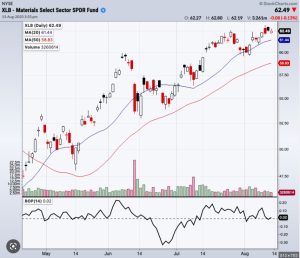
At some point, almost every asset holder starts thinking of floating their company. More often than not, an IPO at a local stock exchange – in Australia, it is the ASX – comes to their mind.
When this important decision is about to be made, the company inevitably faces the need to follow the standard procedures. This process was set up long time ago and pretty much written in stone.
One of the trickiest stages in this is known under the name of the Resources Assessment. In a nutshell, it is about disclosing the (estimated) resource/commodity reserves within the license acreage to the potential investors, a.k.a. the stock buyers.
And – yes! – the full disclosure is imperative, remember?
In order to get their asset properly assessed, a license holder starts liaising with a (highly) reputable advisory agency specialized in natural resources and similar commodities. Such advisory agency, in turn, have their assessment and evaluation procedures standardized – otherwise, it would be quite difficult to compare “apples to apples” when the great variety of natural commodity assets hit the market on a monthly if not weekly basis, globally. As for natural hydrogen resource assessment algorithms, these advisory agencies are most likely to be using what is available for natural gas – with Gas in Place (GiP) criteria presiding over all other parameters, expressed in Billion cubic feet – Bcf.
Now, when it comes to natural hydrogen, it looks quite troublesome – and worrisome – to think of its reserves in these terms because of this gas’s extreme mobility/volatility due to the tiny molecule size and high chemical ability, and therefore the reluctance to form pressurized “deposits”. (As an example, tectonic traps are unthoughtful of for natural hydrogen because it will inevitably escape from such trap). As a result of these criterion application to natural hydrogen reserves, an IPO as well as fund raising campaign may turn into a large disappointment.
We are prepared to work with all stakeholders – license applicants/holders, investors, advisory agencies and brokers – to jointly develop the reliable and transparent criterion for natural hydrogen commercial resources assessment.
